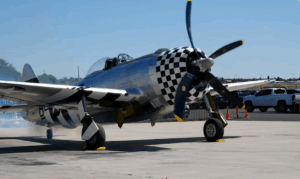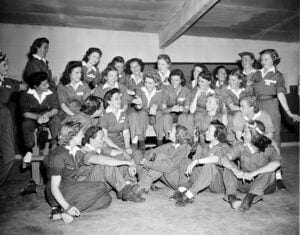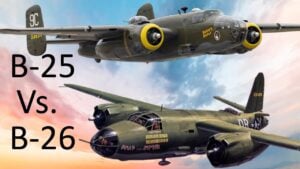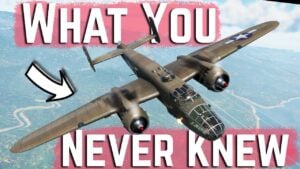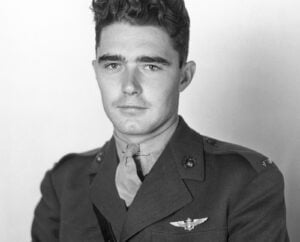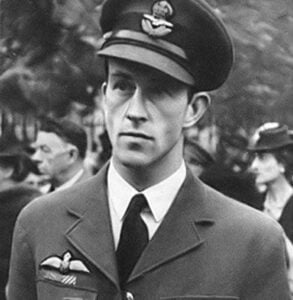What Happened to the Me 262 After WW2?
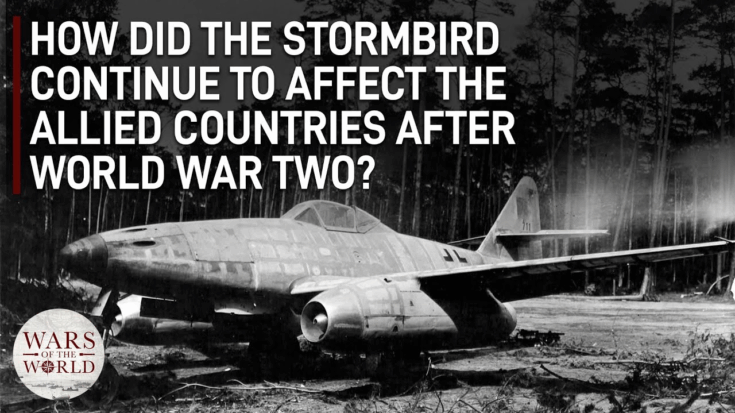
YouTube / WarsofTheWorld
The Messerschmitt Me 262 was the world’s first operational jet fighter, making its combat debut on July 26, 1944. Though it entered the war too late to change Germany’s fate, the 262 opened the jet age and left an enduring mark on aviation. But its story didn’t end with the Third Reich’s collapse.

Allied Testing and Lessons Learned
When Germany surrendered in 1945, the Allies rushed to capture and study the Me 262. Messerschmitt test pilot Hans Fay even defected with a jet, handing over invaluable knowledge. Several aircraft were shipped to the U.S. and Britain for testing.
Against Britain’s own Gloster Meteor, the Me 262 proved faster and far more heavily armed with its four 30 mm cannons. But it wasn’t perfect—pilots found the jet less stable than expected at high speeds, and its Jumo engines were notoriously short-lived, sometimes lasting only a few dozen hours. Still, the aircraft revealed the future. Its swept-wing design and jet propulsion heavily influenced Allied developments in the late 1940s.
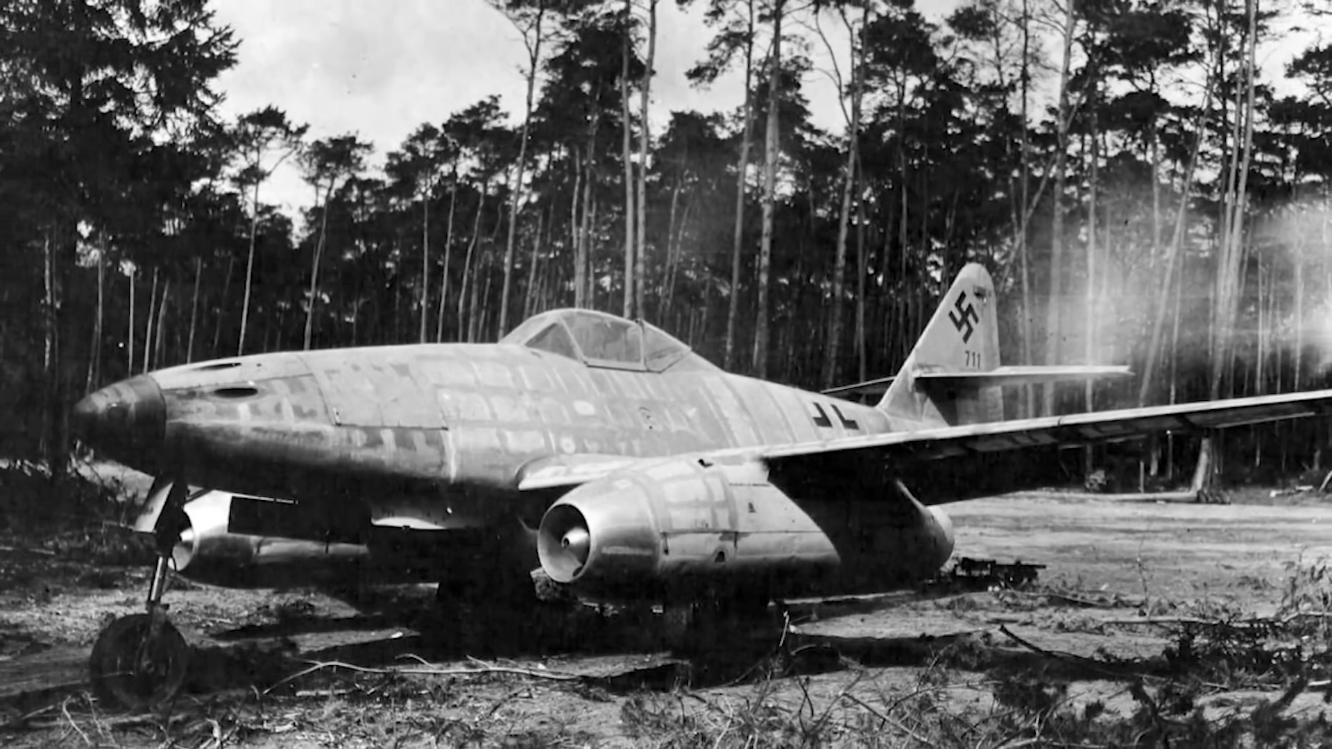
Czechoslovakia’s Avia S-92
At war’s end, Czechoslovakia inherited tooling, manuals, and even unfinished Me 262s from German factories hidden in railway tunnels. Using these resources, the Avia company built its own version, the S-92 “Turbina.”
Though a handful of fighters and trainers were completed, the jets had a short operational life. By 1951, they were retired, with some preserved as instructional airframes or museum pieces.
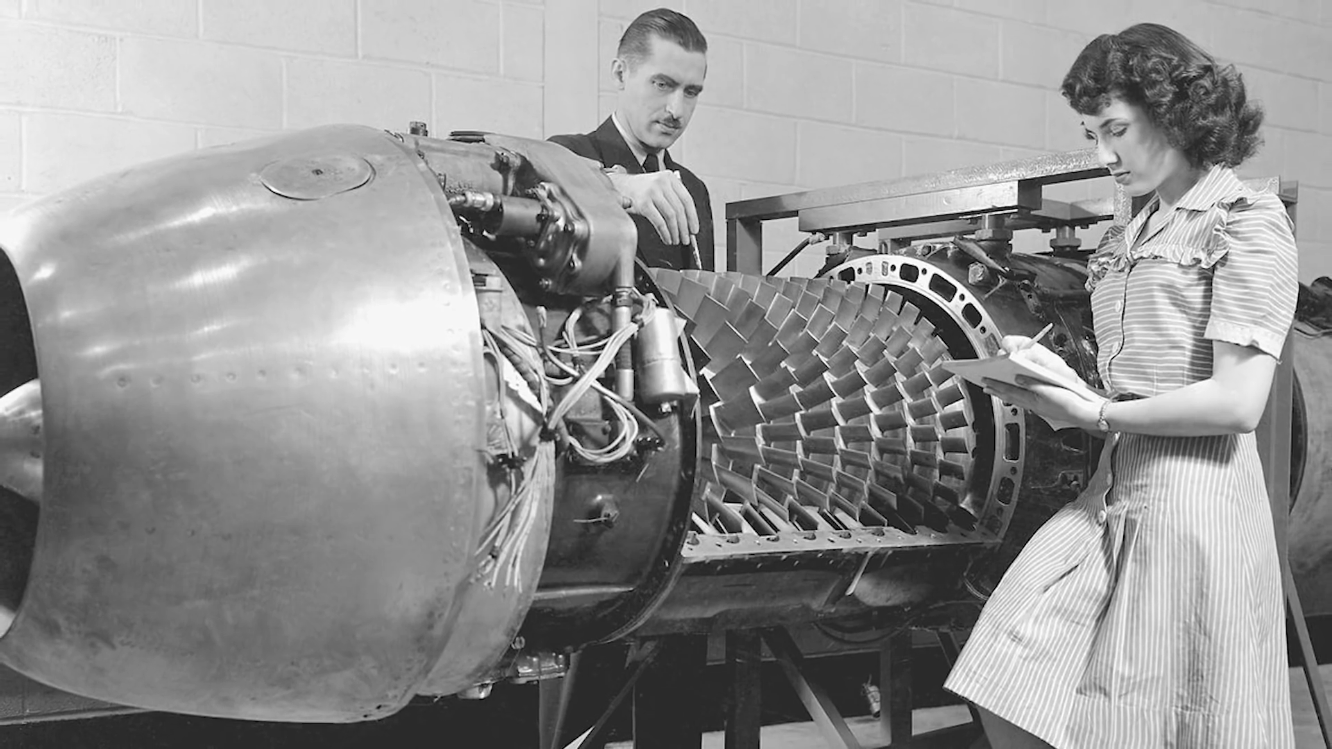
The Me 262 Reborn
Nearly half a century later, in 1993, an American initiative known as the Me 262 Project set out to recreate the legendary fighter. Using modern components blended with original blueprints, the team built five airworthy replicas in both single- and two-seat versions.
These flying tributes allow aviation enthusiasts to witness the sound and silhouette of history’s first jet fighter—a machine that, for all its flaws, marked the beginning of a new era in warfare.
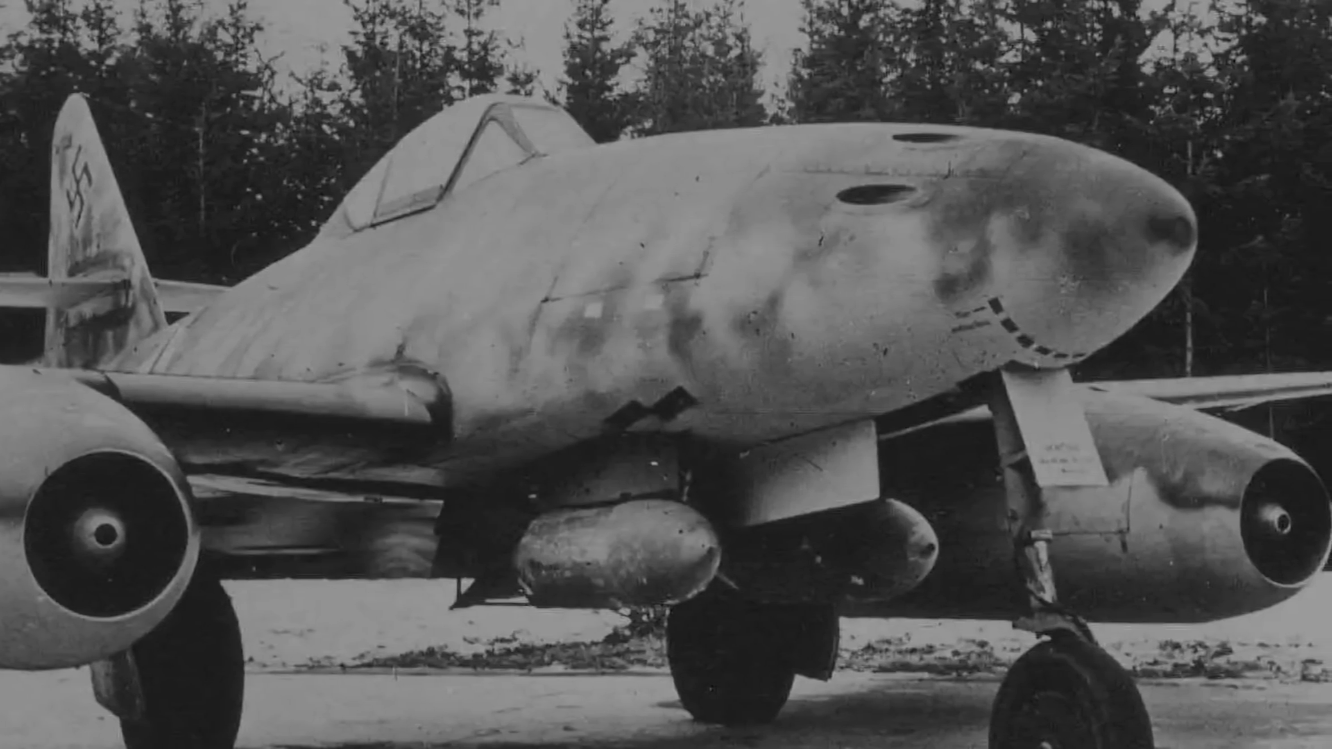
Legacy of the Jet Age Pioneer
The Me 262 didn’t win the war for Germany, but it reshaped how wars would be fought. Its influence lived on in postwar designs across the globe, proving that even a late-war wonder weapon could change the future of aviation forever.














